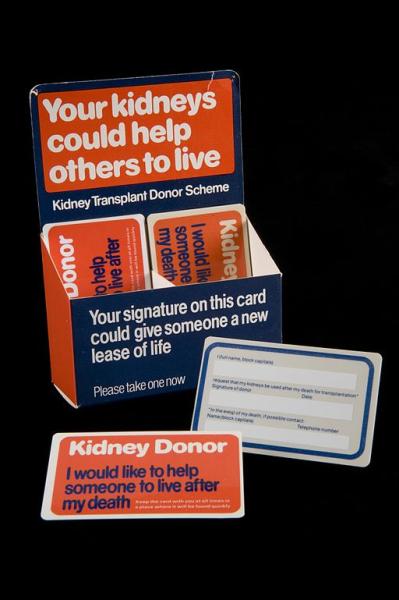For patients awaiting an organ donor the odds are not in their favor. 120,000 patients with need, about 10,300 donors with a gift this last year. But for these patients, a gift at a new life is coming from an unintended source, Americans dying of drug overdoses. An article in the Annals of Internal Medicine detail findings from the transplant registry [1]; in brief, the rise in donated organs from patients dying from drug overdoses has grown in parallel with our opioid crisis.
Living donors can donate a kidney or part of their liver or lung but represent only 20% of transplantations; the rest are from donors who have died from trauma or a medical cause. Traumatic deaths are primarily from the young without significant medical problems and are “ideal” donors. The demographics of Americans dying from drug overdoses best mirrors this group, frequently dying from a lack of oxygen to their brains (anoxic injury) and having few medical problems.
Overdose deaths represented fewer than 6% of donors in 2000, and has risen 17% annually; in the meantime, traumatic death donors or donors who have died from medical causes have had relatively flat increases, 1.6%, and 2.3%. In some states, overdose death donations are substantial, like Massachusetts were they account for 35.6% of donors. While the tragedy of the source of this real gift to those on transplant waitlists is not lost on the community, the question of how long these transplants survive and what problems they bring with them to their new host must guide clinical care. And in this regard, there is a “silver lining” to the dark cloud of the opioid crisis.
In reviewing the actual registry data, not projections or extrapolations, the authors conclude that the organs from donors who have died from an overdose have equivalent survival to those from traumatic or medical deaths. And this was true for kidneys, livers, heart, and lungs. Unfortunately, the ability to use organs from individuals dying from drug overdoses is limited by two inter-related factors; they are likely to be classified as infectious risk donors or have actual infections.
Classification as an infectious risk donor refers to behavior associated with a higher risk of being infected, not the actual presence of an infection. To generalize, if you have specific infections HIV or hepatitis B or C, syphilis, gonorrhea, chlamydia, or genital ulcers, or behaviors including homosexual sex or injecting drugs or having sex with a person who has these concerns than your organs are considered at infectious risk. Not surprisingly drug overdose donors are far more likely to fall into this category, 71.8% compared to traumatic injury donors at 22.7% or medical death donors at 15.6%. Moreover, hepatitis C is found in 30% of drug overdose donors. As a result, more organs are removed from the donor (harvested) and then not transplanted – termed the discard rate, which for overdose donors is about 5.2%.
In a world of scarcity, and that is the world of organ donors, waste or discards are a real concern. Two advances in medicine have lowered organ discard rates. First, it is essential that donors with infections that are not clinically apparent be identified. The period between becoming infected and the first reliable detection of that infection is called the window period. The clinical appearance is the last sign creating a long window period. Using viral DNA and antibody testing we have reduced that window period to smaller time frames, compatible with identifying a donor and retrieving their organs, hours and days. These technologies have reduced the risk of unknowingly transplanting Hepatitis C along with the new organ to about 0.1% and for HIV to 0.01%.
Second, our new direct acting anti-viral therapy for Hepatitis C is very effective, resulting in no DNA evidence of continued infection. These drugs can be given to a patient receiving an organ with Hepatitis C with little risk; you can read more about this from my colleague Josh Bloom. Both of these advances expand the pool of possible donors at least with respect to Hepatitis C. For HIV infected organs no comparable therapy exists but the recently enacted HIV Organ Policy Equity Act, allows HIV positive donors to give to HIV positive recipients, at least in a research setting, and the results have been good.
Transplantable organs remain a scarce commodity, enlarging the donor pool through the deaths associated with our opioid crisis is a sorrow-tinged benefit to the community of patients desperately awaiting a transplant.
[1] Data from the Scientific Registry of Transplant Recipients 2000-17 representing 337,934 deceased donors who provided 177,522 kidneys, 97,670 livers, 35,710 hearts and 27,032 lungs
Source: The Drug Overdose Epidemic and Deceased-Donor Transplantation in the United States Annals of Internal Medicine DOI: 10.7326/M17-2451




